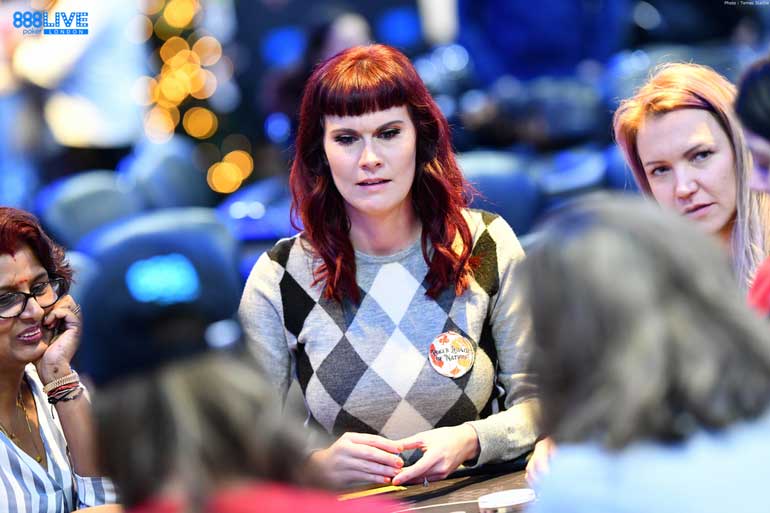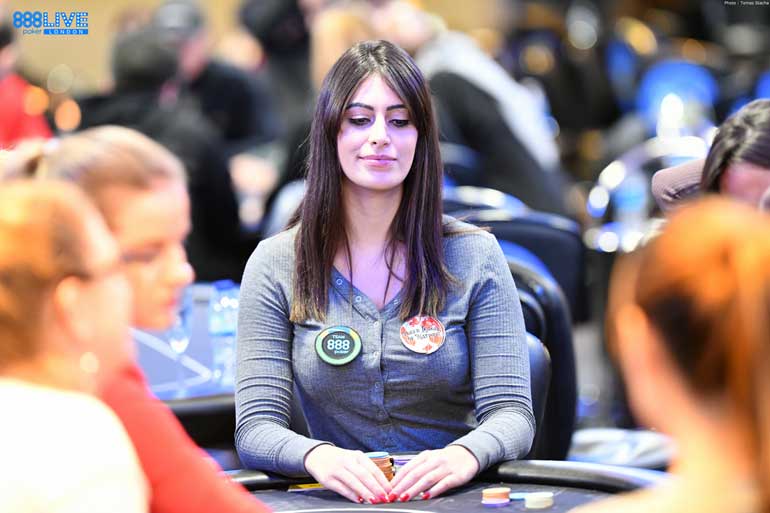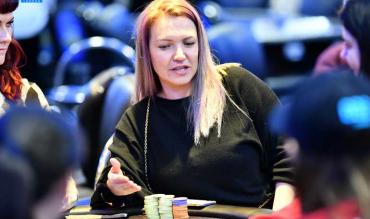Before we get into the topic of developing a system for continuous poker improvement, let’s consider your reasons for playing poker. What do you want to achieve from poker?
While nearly everyone says they play to win money, clarifying what you’re after from the game is essential.
- Some players have modest goals and simply want to make a bit of extra spending money.
- Others are looking to win a major MTT series or title.
Even if your goals are relatively simple, they will likely expand over time. This factor is especially true once you develop a system for continuous improvement.
So, what does a system of continuous improvement look like?
Table of Contents
- Step 1: Track and Target Behaviours
- Step 2: Analyse the Data
- Step 3: Implementation Time
- Step 4: Don’t Stop Looking for Mistakes
- Step 5: Reward Yourself
- Step 6: Continue the Cycle
Setting Realistic, Achievable Goals
It’s a common human tendency to want to go big when setting and achieving goals. Unfortunately, this strategy usually backfires. We can start strong (e.g., setting a goal of studying poker for 8 hours a day). But this system typically only lasts for a short while.
Self-discipline wanes, and procrastination takes its place. Sometimes, it’s all over before we even get started.
So, what is the antidote?
Slow, gradual improvement over a long period is the secret to most long-term success.

Years ago, John Wooden, one of the greatest collegiate basketball coaches of all time, said:
“When you improve each day, eventually big things occur. When you improve conditioning a little each day, eventually you have a big improvement in conditioning. Not tomorrow, not the next day, but eventually a big gain is made.
“Don’t look for big, quick improvement. Seek small improvement one day at a time. That’s the only way it happens - and when it happens, it lasts.”
The same principles apply to enhancing and improving your poker game:
- Small actions taken consistently add up over time
- Tiny decisions compound over time
- Forget about trying to go big and go tiny instead
Let’s consider the process for creating a continuous poker improvement system.
Step 1: Track and Target Behaviours
The first step is to develop small ways to improve your game which usually involves building a habit or ongoing review strategy.
Don’t know where to start? Try tracking something you do regularly with a reasonable probability of helping you reach your overall goals.
Tracking behaviour is one of the most effective ways to kickstart improvement. Becoming more conscious of our in-the-moment decisions is often just the kick in the pants most of us need.

You can track the following, although almost anything is trackable –
- How you use your time
- How you spend your money
- How you play specific hands
For example, let’s suppose that improving your play from the blinds would increase your overall profitability. The first step to improving this aspect of your game is to track all of the hands you play from the blinds.
Track them over a particular period to understand what specifically needs improvement.
Step 2: Analyse the Data
Once you have some data, it’s time to come up with ideas for improvement. Think small.
What could you do to improve your blind play by 1%? Stumped?
Try answering this question:
- If playing my blinds well was my biggest priority, what would I do differently in-game?
Would I do anything away from the table to make it easier to play my blinds better?
When you puzzle over such questions, you’ll often come up with unique possibilities. The human brain will solve problems when you give it a challenge. It will come up with creative solutions.
The brain works best with some constraints. So, it’s best to pose small questions/problems/challenges for it to chew on and digest.
Step 3: Implementation Time
Once you’ve generated ideas about improving your target behaviour, it’s time to decide what strategies to implement. Next, you need to build a schedule or timeline to implement your new behaviours.

It’s somewhat ironic that significant changes come from small actions. It’s human nature to think that substantial results will require extraordinary efforts.
But psychological research shows that taking a small, incremental approach to improvement is much more likely to be successful.
Enormous efforts require lots of motivation, and motivation tends to be fleeting. One of the more fascinating aspects of the research on motivation is how essential it is to believe that we can achieve our goals.
If you don’t think you can achieve something, then why even bother?
The opposite is also true. If we have some success towards our goals, confidence and motivation build. We’ll have the energy to keep working at it! Progress naturally accelerates when we focus on continuous improvement.
You can see how constantly setting and achieving small goals will inevitably lead to your ongoing poker success. But it’s crucial not to take your eyes off the prize.
Step 4: Don’t Stop Looking for Mistakes
Make it a habit to regularly look for gaps in your learning and any mistakes you might be making while playing. The cycle of continuous improvement is dependent on finding and addressing errors. It’s imperative to examine previous sessions for shortcomings.
The goal in looking for mistakes is not to get down on yourself but to raise awareness. Think about how quickly you could improve your game if, after each session, you looked for small things to correct.
Whenever you come up with something to improve upon, think of a small step towards solving it.
Then get started on implementing your solution as quickly as possible.
Step 5: Reward Yourself
Don’t forget to pat yourself on the back for all your work! Giving yourself a little reward activates the brain's pleasure centres - typically increasing motivation.
A small reward is in order every time you take an action that has the potential to improve your game.

Step 6: Continue the Cycle
Motivation comes in ebbs and flows. So, it is critical to take continuous, incremental steps to have a high likelihood of success. Research shows that you want to achieve your goals at a rate of 80%.
An excellent way to do this is to set a small goal and work towards it for a short period (perhaps 30 days). Track your progress and see how you did.
- If you are achieving your goals at a rate of 100%, it’s time to kick things up a notch.
- If you’re hitting your goals less than 80% of the time, it’s probably time to dial it back.
Remember, progress naturally flows when we focus on improvement instead of perfection. Long-term poker success requires hard work.
But if you break your goals into small, incremental steps and continually work towards them, you will achieve your goals!


